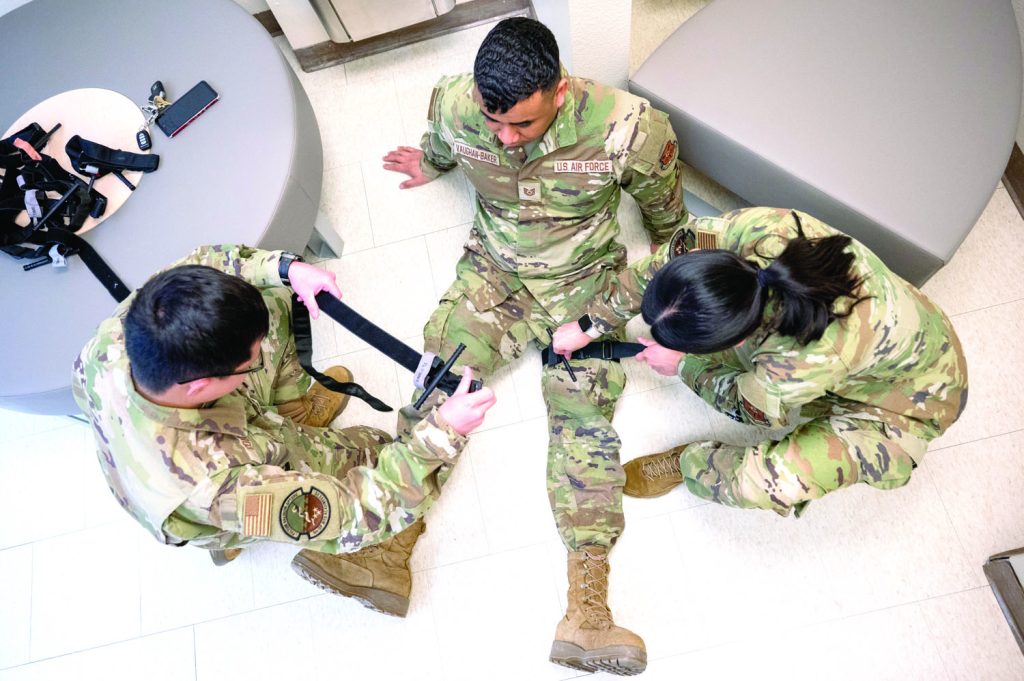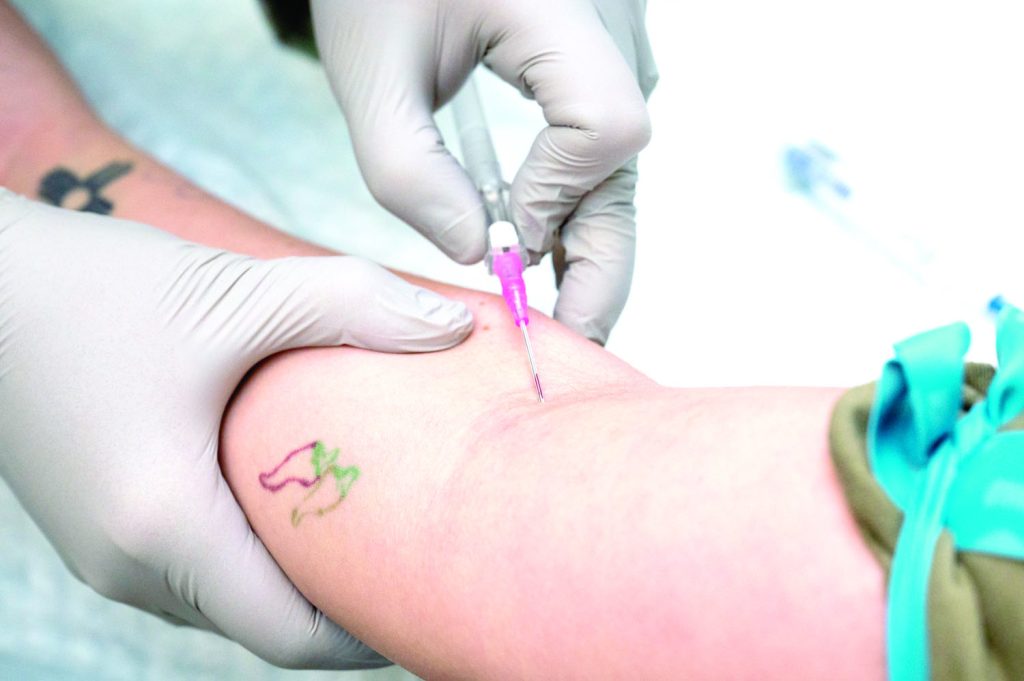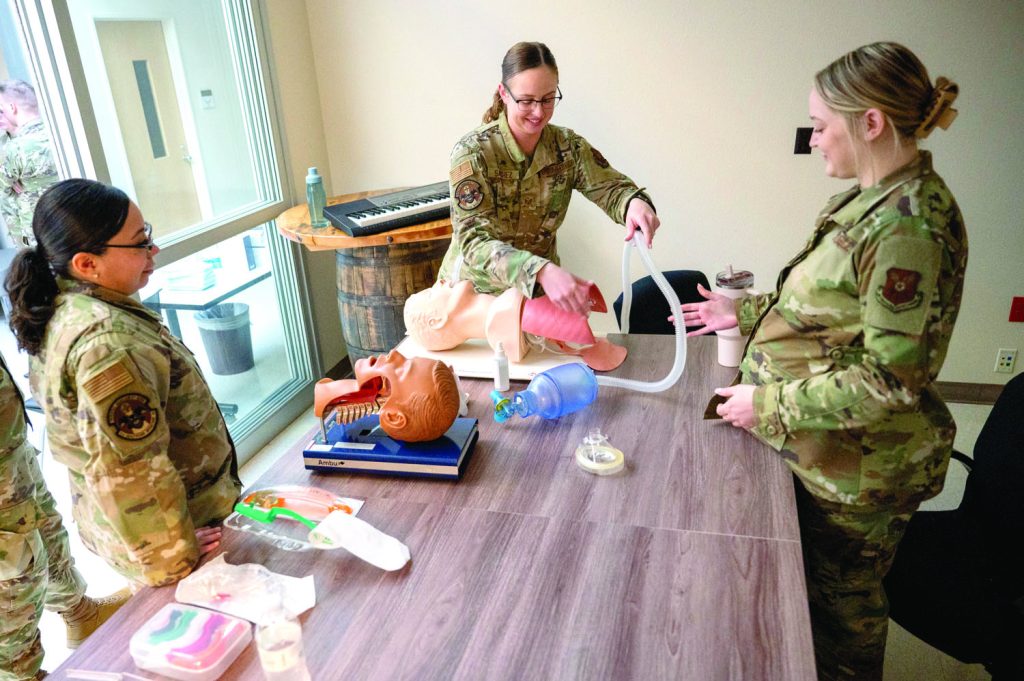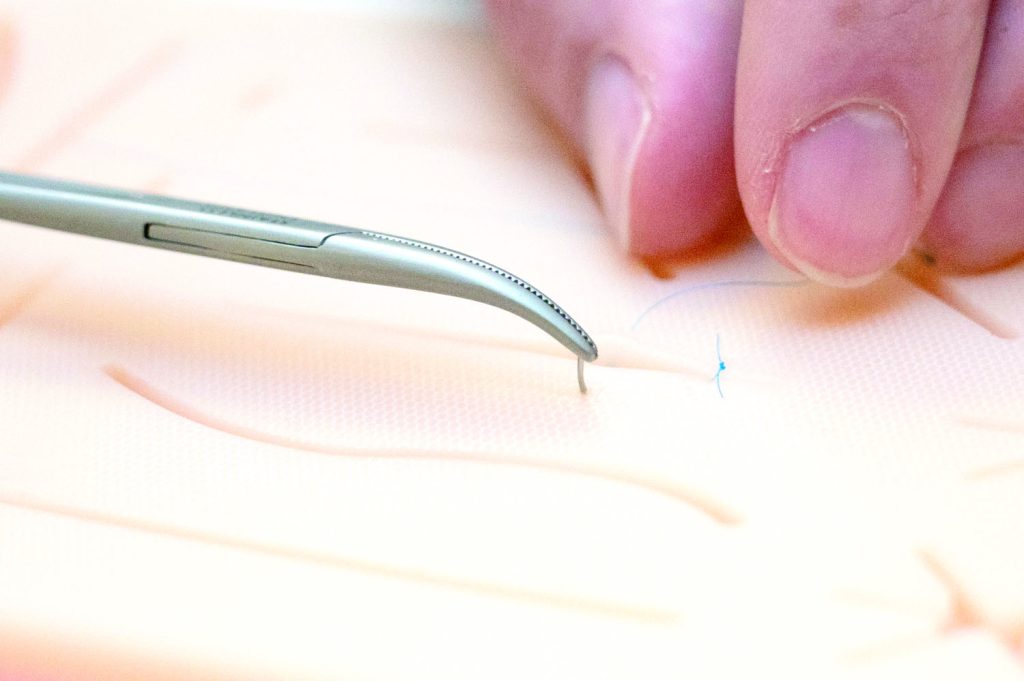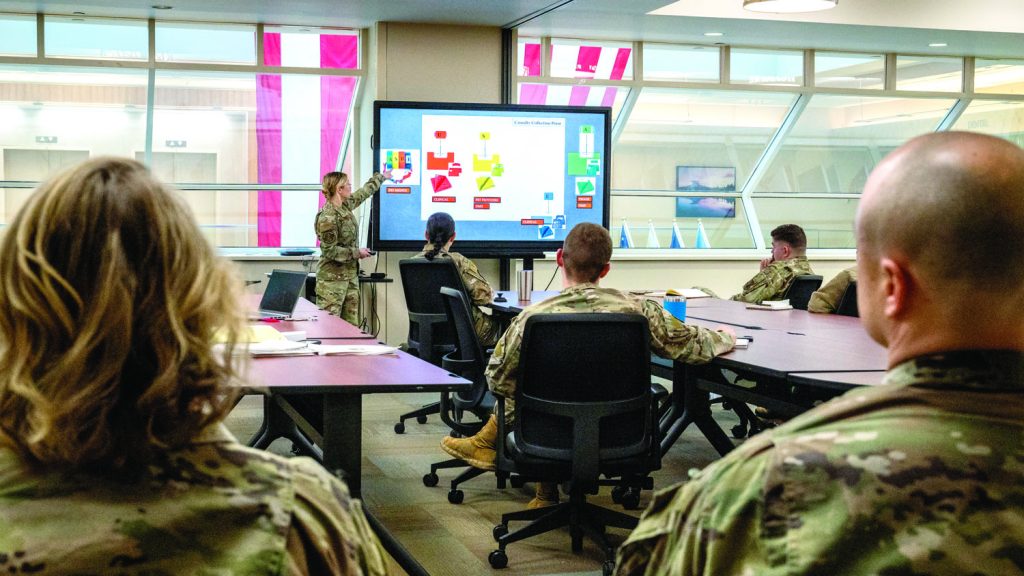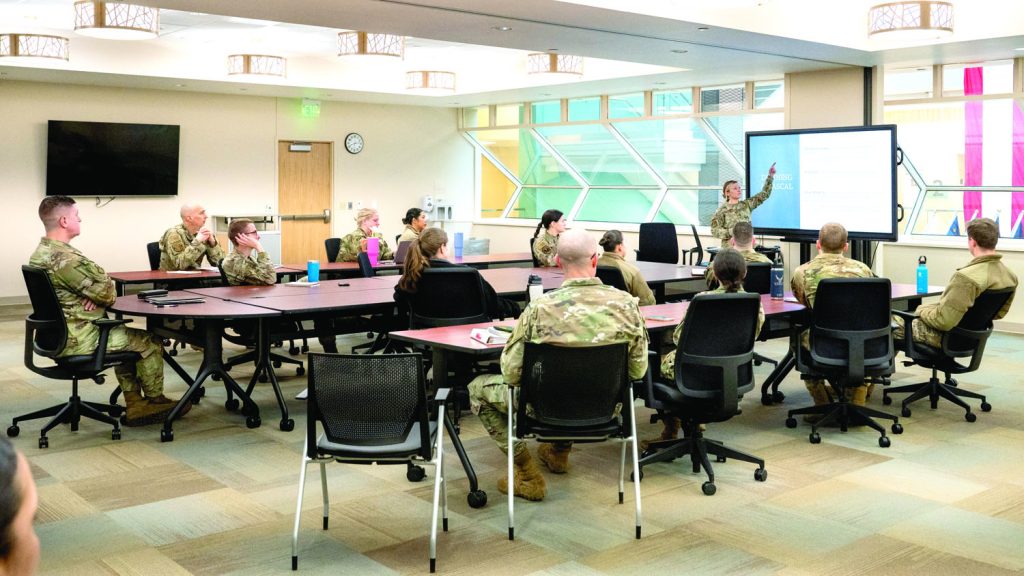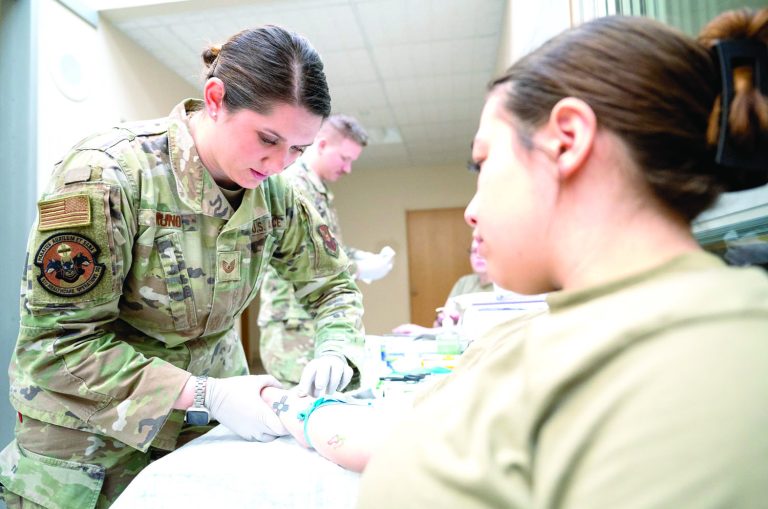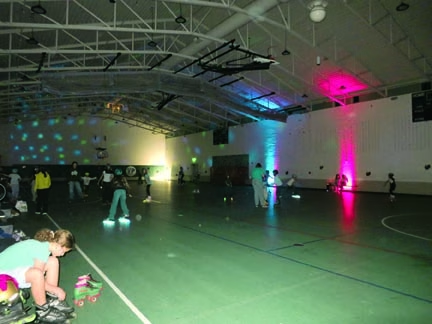Senior Airman Kendra A. Ransum, 5th Bomb Wing
MINOT AIR FORCE BASE, N.D. —
Each Wednesday morning, the 5th Medical Group (5 MDG) at Minot AFB closes its doors for two hours—not as a break, but as an opportunity to strengthen the skills that keep Airmen and their families safe.
The weekly training, held from 7:30 a.m.-9:30 a.m., focuses on a rotating set of essential medical and operational proficiencies. These sessions reinforce the knowledge and hands-on abilities medical personnel need to maintain readiness for both daily healthcare operations and contingency scenarios.
“Folks used to see this training once a quarter,” said Douglas Rathburn, the medical emergency manager from the 5th Medical Group. “What we started now instead is for two hours every Wednesday, we can rotate through each of them once a month. It gives the folks a chance to keep these things more fresh because they’re seeing it monthly rather than every three or four months.”
A Targeted Approach to Readiness
The weekly Wednesday morning training started in January 2025 and results are already showing an improvement in the group’s readiness.
Each week, the 5 MDG focuses on a different aspect of medical readiness. Some sessions emphasize Comprehensive Medical Readiness Program (CMRP), which are the skills related to the Airmen’s AFSC, while others cover Medical Contingency Response Plan (MCRP) and Home Station Medical Response (HSMR), which relate to skills needed in a mass-casualty or similar emergency event.
“By making this change, we hope to reduce the impact of a full-day closure to our beneficiaries while allowing us enough time to conduct internal training so we can remain mission-ready,” 5 MDG leadership stated in an official notice.
Another component trained upon, Medic-X, ensures all medical and other group personnel are equipped with the life-sustaining skills needed for a challenging and dynamic future battlefield where resources may be limited.
“We’re already seeing the fruits of it,” said Rathburn. “We’re seeing improvements in all of our training percentages. By not trying to get so much done in one day, it’s a lot easier for their supervision or their team chiefs to then update their training as well. It’s no longer just a whole day’s work, it’s now a couple of hours’ work.”
Collaboration at Every Level
The training sessions serve as a forum for team chiefs, squadron commanders and the group commander to discuss operational challenges, address potential points of failure and refine medical procedures. The collaborative environment fosters innovation and ensures that each member of the team understands their role in both routine and emergency situations.
“The purpose is to enhance and solidify the skills that we’re signed off on regarding our CMRP skills,” said Tech. Sgt. Courtney Bruno, flight chief of clinical operations from the 5th Healthcare Operations Squadron. “Per our AFSC, these are within our scope of practice to perform. Some of these are skills we don’t do every day and so we practice them when we can on training days. We have a whole list of hundreds of items, so we can only do a certain amount i n a certain time.”
Beyond refining individual skills, the sessions build cohesion across different teams within the medical group. That teamwork is critical in high-pressure situations, where clear communication and seamless execution can mean the difference between life and death.
What Patients Need to Know
While the 7:30 a.m.-9:30 a.m. closure ensures training consistency, it does not affect emergency services. Patients experiencing medical emergencies during this time should call 911. For non-emergency concerns, the Nurse Advice Line at 1-800-874-2273 remains available for guidance.
“All we ask is for folks to understand that we’re not doing this in an effort to give us a break or shut them out for a bit,” said Rathburn. “This is required training that our folks do have to maintain–not only in their treatment but also in their own ability to be ready to go somewhere if called upon in a deployment. Patients come first. They always have and they always will.”
As the 5 MDG continues to evolve to meet the demands of both military and family healthcare, this dedicated training time ensures that its personnel are prepared to handle any challenge—whether at home or on the battlefield.
